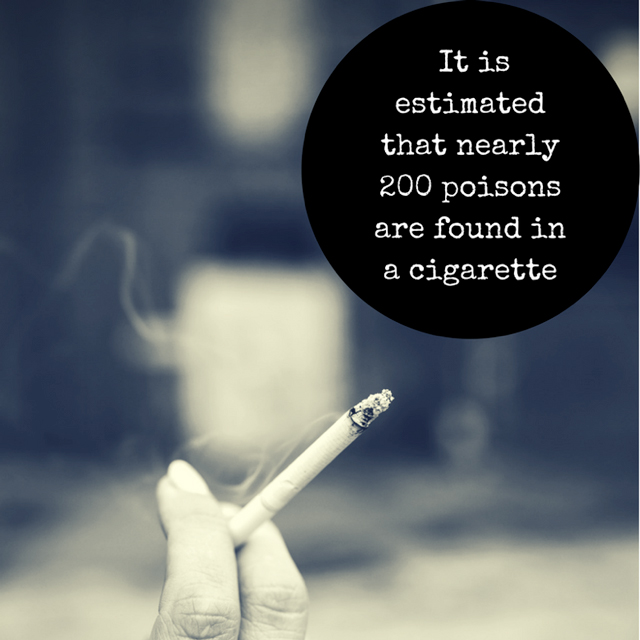Winter is the time for comfort, for good food and warmth, for the touch of a friendly hand and for a talk beside the fire:
it is the time for home.
~ Edith Sitwell ~
As the weather has us closing windows and spending more time indoors for winter is indeed coming, it’s important to make sure we minimize and mitigate indoor air pollution. Yes, that is a thing.
Most people have a familiar and usually comforting scent that they associate with home, but what if you knew that this homey smell was often composed of harmful toxins and chemicals that impact air quality and potentially our overall health?
In recent years, indoor air quality has become a major topic in relation to the health of Americans. More and more people each year are becoming ill or are affected in some way due to indoor air pollution, and a major contributor to this are often common household chemicals found in cleaners, furniture, carpets, etc.
The EPA estimated that on average our indoor air is two to five times worse than the air we breathe outside?
Chemical exposure has increased as more chemicals are introduced into our world, with an estimated 80,000 different chemicals used in household products we use everyday. Chemicals and toxins can be hidden in anything from your cleaning products to the couch! To think that chemicals can probably be found in every part of your house is alarming! Most folks are unaware that these items in our homes that can be releasing chemicals creating indoor air pollution. The first thing to do is to learn what type of chemicals are dangerous, and what products are the culprits of the toxins in your home.
Formaldehyde
A common air pollutant in many homes, especially in newer homes is formaldehyde. This pollutant is found adhesives for carpets, plywood paneling and upholstery. Even many household products contain this chemical from glues and paints to cosmetics and detergent.
Health issues can arise for some people from exposure to this chemical including eyes, nose, throat, and skin irritation. Formaldehyde can create breathing problems in people who suffer from serious health conditions like asthma and chronic obstructive pulmonary disorder (COPD).
Cigarette Smoke

Cigarettes are a well-known air pollutant releasing tons of chemicals and toxins into the air. For those people who smoke cigarettes or are surrounded by cigarette smoke in their home, your indoor air could be severely polluted. It is estimated that nearly 200 poisons are found in a cigarette, can you just imagine what these poisons do not only to your air quality but to your health!
If someone in your environment smokes you are also at risk for serious health issues. Secondhand smoke contains nearly 4,000 chemical compounds and many of these chemicals are known to cause diseases such as lung cancer and emphysema, along with clogging a person’s airways and possibly triggering asthma attacks.
Household Cleaning Products
Cleaning your home is essential to healthy living however, some of the cleaning products that many people use can be toxic. Household cleaning products are one of the most common causes of poor indoor air quality. The very moment that you spray the cleaning product in any part of your house is the moment that it begins to circulate in the air you are breathing.
Cleaning products contain chemicals that can contribute to a variety of health problems, such as headaches, asthma, and many respiratory type illnesses. You may want to consider trying alternative cleaning products like natural earth mineral products that are not toxic to you and your home. Why risk your health by using harsh cleaning products in your home, when you could use safe chemically free products instead!
[dynamic-sidebar id=’Custom Widget 2′]
Mold & Mildew
The presence of mold and mildew can be extremely toxic. When your home has excessive moisture in the likelihood of mold growing is probable. Time is of the essence when dealing with mold and mildew because these pollutants grow rapidly and release spores into the air. These very tiny spores can lead to a number of illnesses that can be a serious health hazard.
Purifying the air is critical when dealing with mold and mildew, along with any and all other pollutants. A UV air purifier is one way to effectively remove mold, mildew and chemicals ensuring indoor air quality. Especially when dealing with mold.
Indoor air pollution can come from many unsuspecting sources. Learn as much as you can and find ways like some of the ones above to build a strong defense to protect yourself from toxic chemicals in at home. Here’s a great post about houseplants and how they can help indoor air quality.
This post was sponsored by EnviroKlenz
Please check out our YouTube channel to see our short, sometimes inspirational, funny and useful 1 GD Minute videos with inspiring messages, recipes and DIY tutorials. Here’s a recent one…
And if you want to learn more about the content of this video, please read the corresponding post!
